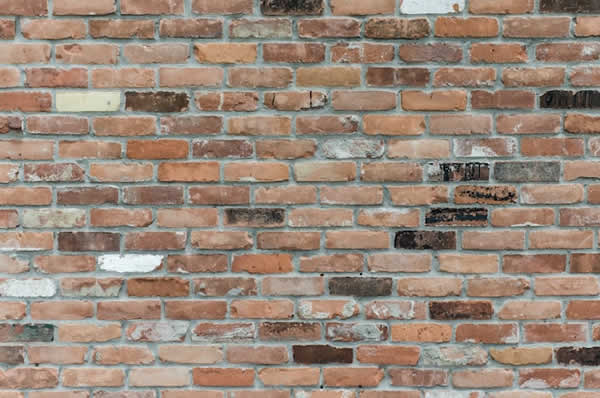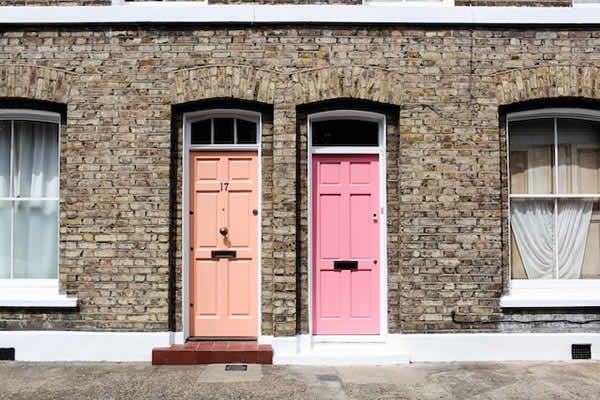
As you go through the home renovation process, there are seemingly never-ending details to consider and decisions to make. But one detail often overlooked is wept holes–which can be incredibly important in making sure your renovated property stands up to moisture, humidity, and other elements over time. Weep holes are small openings located at the lowest parts of a building’s exterior walls which allow water to escape rather than penetrate these walls. In this blog post, we’ll explain why they are an essential part of any successful home renovation project and how they can help protect your investment over time.
Intro to Weep Holes and Their Significance
Managing moisture in your home renovation is so important, and weep holes can be a huge help. A weep hole is an opening at the bottom of a wall assembly that lets interior moisture escape from behind exterior finishes.
They allow any water that has been driven through cracks in the exterior to evaporate, rather than building up and causing rot or mold. Weep holes also let air come in, helping to dry out any moisture left behind within walls after heavy rains or snowstorms. Namely, understanding what s weep hole is and its purpose can help prevent water damage in your home. Since they are essential for preserving the structural integrity of a wall assembly, it's important to always include them when doing home renovations.
Benefits of Installing Weep Holes in Your Home Renovation
If you’ve decided on a home renovation project, you may want to give thought to including weep holes in your plans. Installing weep holes is an important step that can provide benefits far beyond the aesthetics of your newly-renovated home. Weep holes help reduce the chance of the damaging effects of stored moisture in walls and other places where a buildup can occur, providing peace of mind for years to come. Additionally, weep holes are designed to keep rot or mold at bay. With this extra measure in place, you can trust that your home renovation will last as long as possible and age gracefully over time.
How to Determine Where to Place Weep Holes
Figuring out where to place weep holes during home renovations can seem like a challenging task. Fortunately, basic principles of window and house structure can help you determine where to put them. To begin, remember that weep holes are connected with drains, so aim for the bottom corner of windows or frames where water is likely to collect. If you’re not sure what part of your wall typically collects rainwater first, look at paint marks or other water damage in other parts of your house- these telltale signs will give you an idea of how inclined your walls and windows are. When in doubt, consult a professional for help in finding the best spot for weep holes. A home renovation project is easier when all the small details are taken care of – including the placement of weep holes!
Discuss Different Types of Weep Holes

Weep holes are an integral part of your home renovation and should not be overlooked. They provide structural relief by allowing moisture to escape, preventing water damage and mold growth that can cause costly and time-consuming repairs. These holes allow air to pass in and out, helping with the circulation of air, which is essential for ventilating basements or crawl spaces. There are two main types of weep holes: internal and external. Internal weep holes are placed inside a wall, typically at the top near the roof line, allowing moisture from rain to escape as it accumulates in walls. External weep holes are located on the outside wall below the corner precast stone above basement windows and doors, giving the water a place to exit instead of entering inside. Proper installation requires using a professional for both safety reasons and for optimal results.
Pros and Cons of Having a Professional Install Weep Holes
Considering having professional help with your home renovation project, specifically installing weep holes? It certainly has its benefits. Professionals who install weep holes know the exact size, number, and location to place them for optimum performance in your particular home. They also have access to industrial-grade installation tools and materials, far superior to what can be purchased from a local home improvement store. Additionally, this type of work often comes with a warranty to safeguard future issues resulting from improper installation. However, keep in mind that hiring an expert for this job can be relatively costly; plus you will be responsible for ensuring proper maintenance of your weep holes after installation.
While installing weep holes into your home renovation may seem daunting, the advantages of having them are worth the effort. Not only will your home be more structurally sound, but weep holes can help prevent additional damage from occurring. They also serve as aesthetic enhancements to your building's exterior by allowing for better airflow and ventilation throughout it.
Determine where the weep holes should be placed based on where potential water infiltration points may occur in order to optimize their performance. Additionally, there are many cost-effective DIY options that allow you to install weep holes without paying for a professional service. Ultimately, installing weep holes will properly direct moisture and moisture-laden air away from your home's walls so that additional damage does not occur, while also providing a pleasing visual to your home renovation project.
